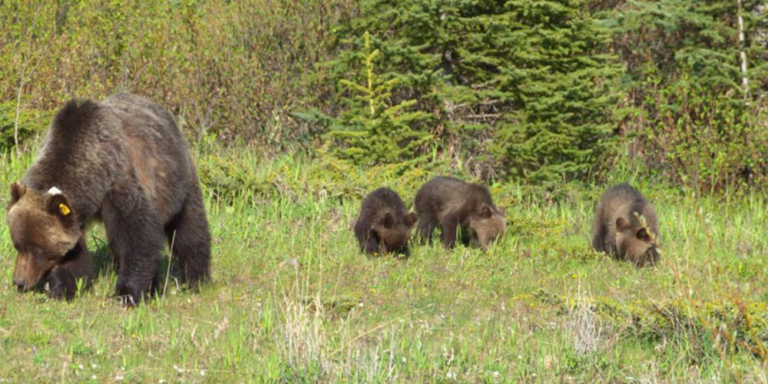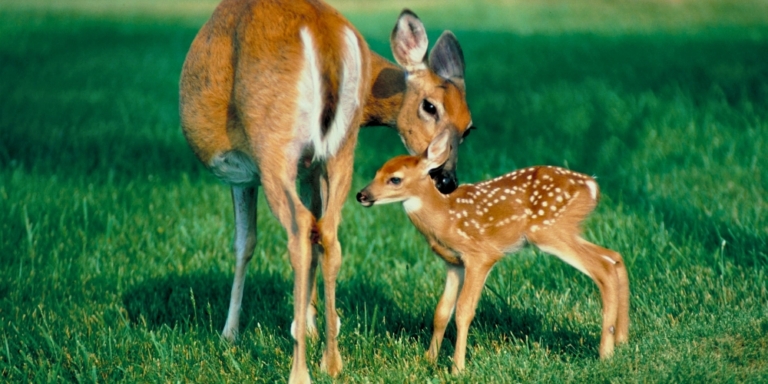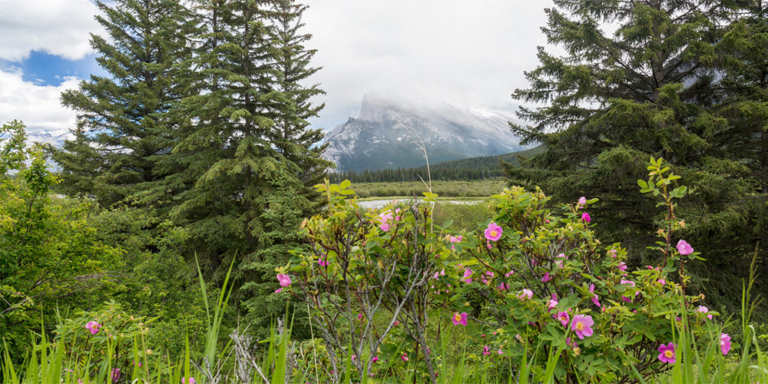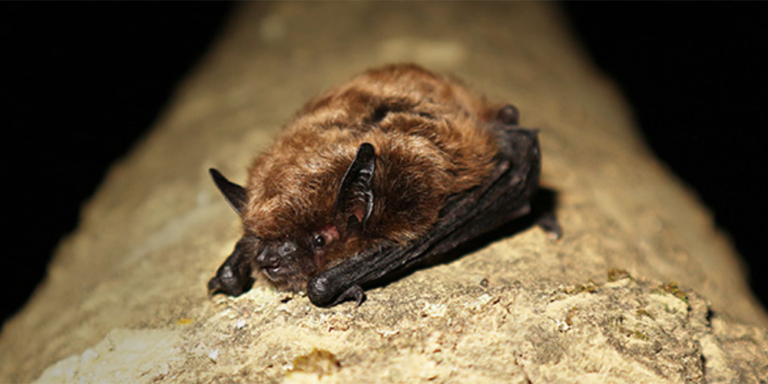Human-wildlife conflicts are a growing problem around Waterton, and some residents are at their wit’s end.
As the name suggests, human-wildlife conflicts involve encounters between humans and wildlife. These encounters can lead to bad outcomes, such as loss of property, livelihoods, and even loss of life.
It’s an age-old problem, and ranchers and farmers have always been at the bleeding edge.
The critters lost these battles in the past as the government implemented policies like culls and bounties on pelts.
But now, the priority is to find ways to co-exist.
The Waterton Biosphere is located in the extreme southwest of the province and is home to one of only 19 biosphere reserves in Canada. It has a rich diversity of wildlife.
Biosphere Reserves are designated areas where communities actively work to conserve wildlife.
The Waterton Biosphere Reserve features grassland and mountain ecosystems that support many plants and animals but are also perfect for ranching.
However, residents in the area have expressed concerns about the growing populations of grizzly bears, black bears, wolves, and cougars and the effect on their ranching operations.
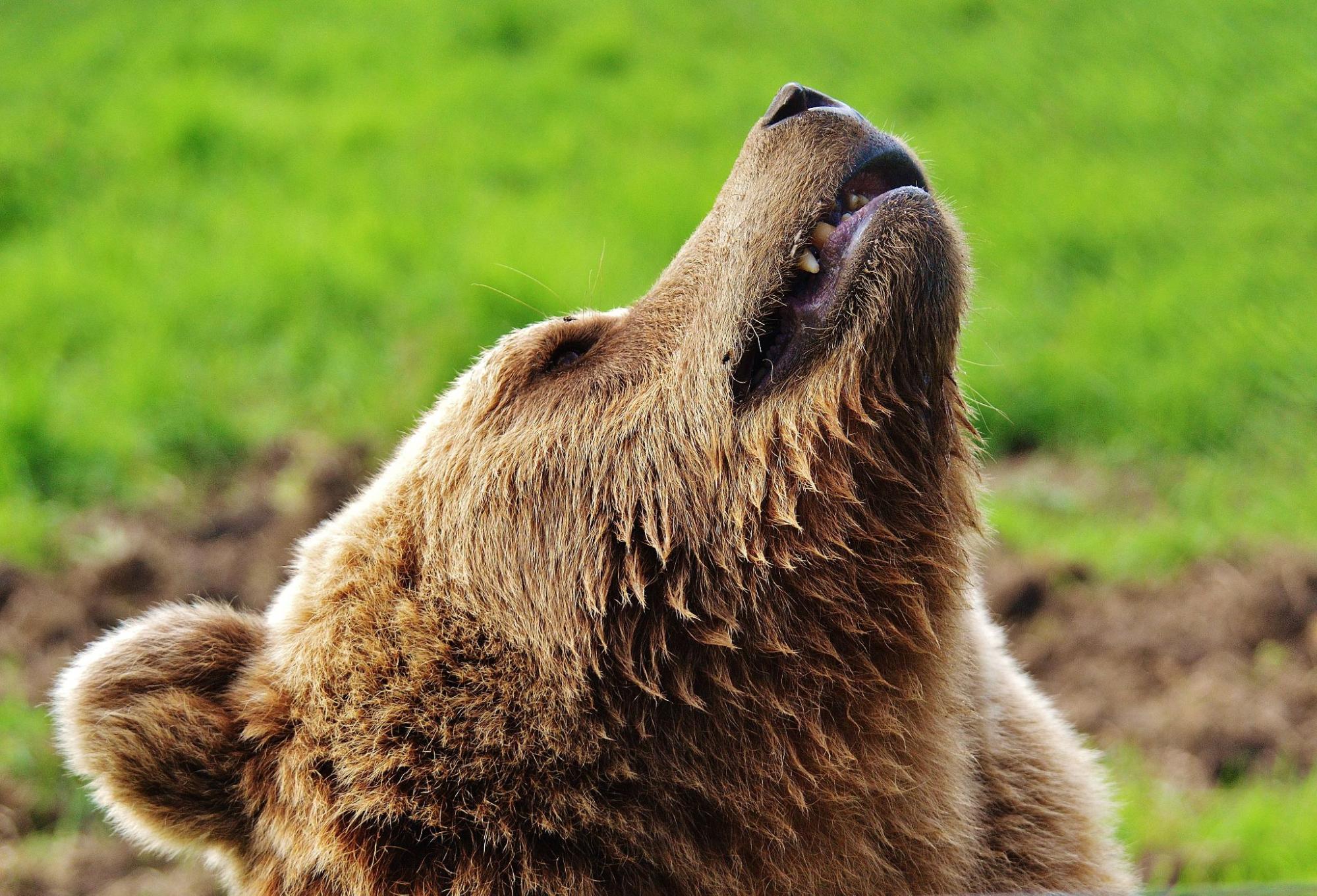

Co-Existance Possible?
The predators, looking for an easy meal, are attracted to farms for their livestock, grain, and animal feed.
In a 2009 survey, most residents believed that people and large carnivores could coexist in the same area with proper management.
Most people in local communities are happy to share their land with animals. This is demonstrated in the actions taken by people who own land––landowners, the Drywood Yarrow Conservation Partnership, the Chief Mountain Landowners Information Network, and municipalities.
These projects aimed to minimize conflicts by managing factors that attract carnivores in the region, and the Alberta government has committed a $700,000 investment over five years in hopes of continuing to prevent conflicts.
These government funds go to the Waterton Biosphere Reserve Association’s Carnivores and Communities Program (CACP).
The CACP aims to keep large predators away from rural properties while teaching ranchers how to live alongside the animals and prevent unnecessary encounters.
“Across the region, I’d say we’ve seen a generally positive trend…but it’s not perfect and not 100 percent successful,” said CACP coordinator Jeff Bectell.
Some of the CACP’s initiatives include the Deadstock Removal Program (DRP), on-farm carcass composting, wildlife attractant reduction, bear safety training, and electric fence installation.
The DRP offers to pick up dead farm animals for free and has picked up over 5,000 livestock carcasses to date.
In addition to carcass removal, the CACP recommends livestock guardian dogs or horseback herd supervision.
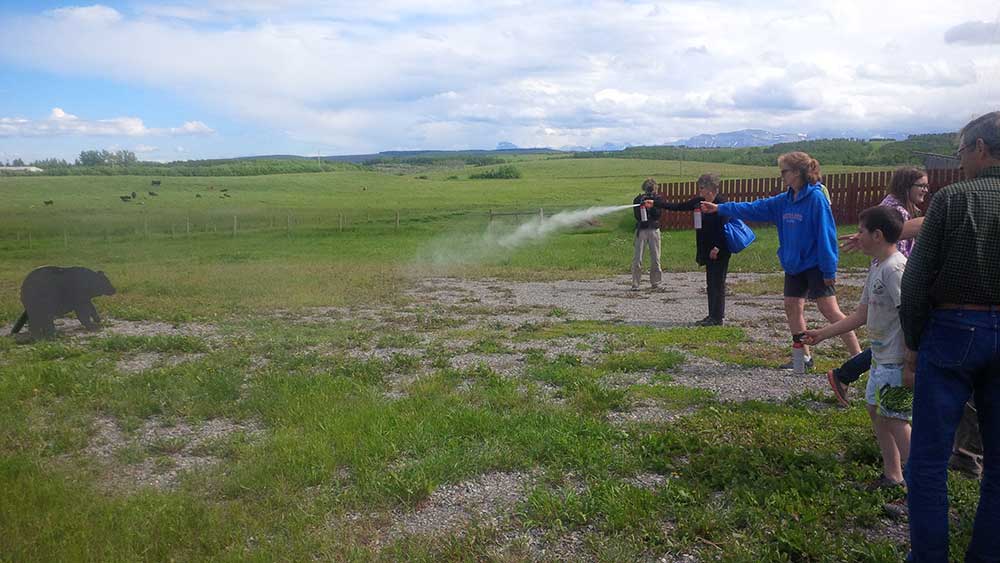

Support and Understanding
“Coexisting with wildlife, including large carnivores, is an everyday part of living and working in rural Alberta…this investment will help protect humans, wildlife and infrastructure,” said Todd Loewen, Minister of Forestry and Parks.
The CACP is a community-based program that understands wildlife management is a two-way street.
Hazing, culling, and relocation aren’t the most desirable methods of reducing human-wildlife conflicts; the best solutions involve removing wildlife attractants, and the funding and projects in place are working hard on that front.
The Alberta government has supported the CACP since 2009 through multiple grants.
While conservation efforts help predator populations like grizzly bears to grow, long-term support for programs like the CACP is essential.
Will government investments and community efforts be enough to prevent human-wildlife conflicts in the Waterton Biosphere region and elsewhere in the province?
Or will both the increased number of bears and humans in the area further increase conflicts?
Through continued community involvement and reliable funding initiatives, we can have the best of both worlds.


